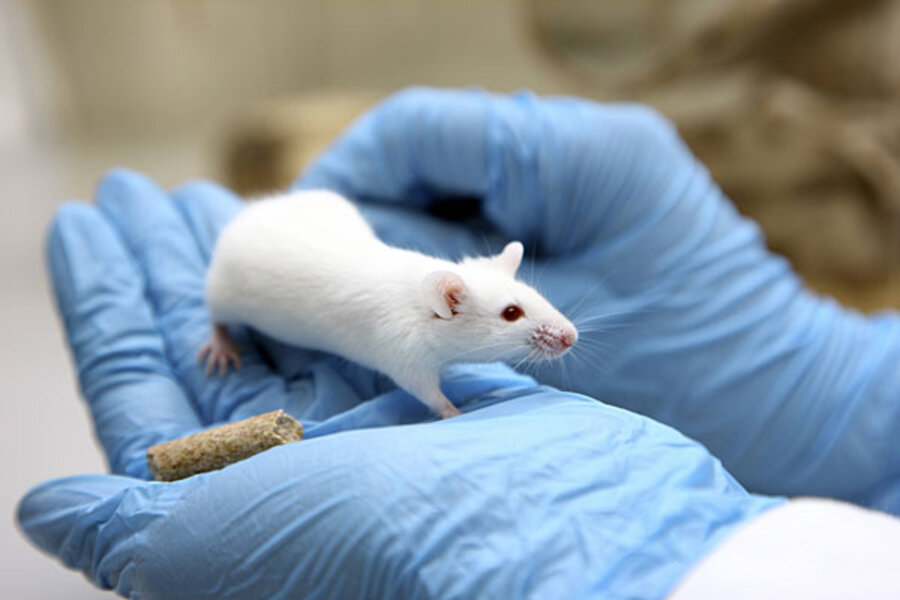Did scientists breed mice that 'smell' light?
Loading...
A group of scientists has genetically altered mice so they could "smell" light. That is their neurons responded to light in the same way they would to an odor. This allowed them to study the brain's response without having to deal with the complications associated with smelling.
The approach the scientists used to help the mice "smell" the light is called optogenetics. The method uses light to control actions within other specific cells and is broadly applicable.
The results were detailed online Oct. 17 in the journal Nature Neuroscience.
Coding for smell
The noses of mice (and humans) are chock-full of sensory neurons that respond to scent molecules that waft by. That odor information gets sent to the olfactory bulb, a part of the brain above the nasal cavities, where the sensory neurons meet up with relay neurons. These two types of neurons then meet within structures called glomeruli.
"If you look at two cells receiving input from the same glomerulus, are they just passing it on [in] the same way, or is there something more to it?" said study researcher Venkatesh Murthy from Harvard University, who collaborated with others at Harvard, Cold Spring Harbor Laboratory and in India.
A mouse has about 200,000 relay cells, with between 60 and 100 connected to each glomerulus, or hub. Identifying pairs of relay cells that connect to the same glomerulus is difficult, because when a rodent catches a whiff of something, multiple glomeruli go into action, according to Graeme Lowe, a neuroscientist at the independent Monell Chemical Senses Center who was not involved in the research.
Substituting for odor
But dealing with light is simpler. The researchers genetically engineered mice so their "wiring" got crossed in a sense; they added a protein to the mouse smell systems that responds to blue light. So, using tiny spots of light, the researchers were able to "turn on" specific hub structures and record how relay cells responded.
Using light to stand in for smell in this way is a "powerful and promising approach," Lowe said. "It's nice to be able to feed a very well-defined, controlled pattern into the [olfactory] bulb."
He cautioned, however, that the study did not show that mice can perceive light as odors.
Their experiments revealed that sister relay cells, which received input from the same glomerulus, did not send out the same signals. Instead, sister cells sent signals that were timed differently.





